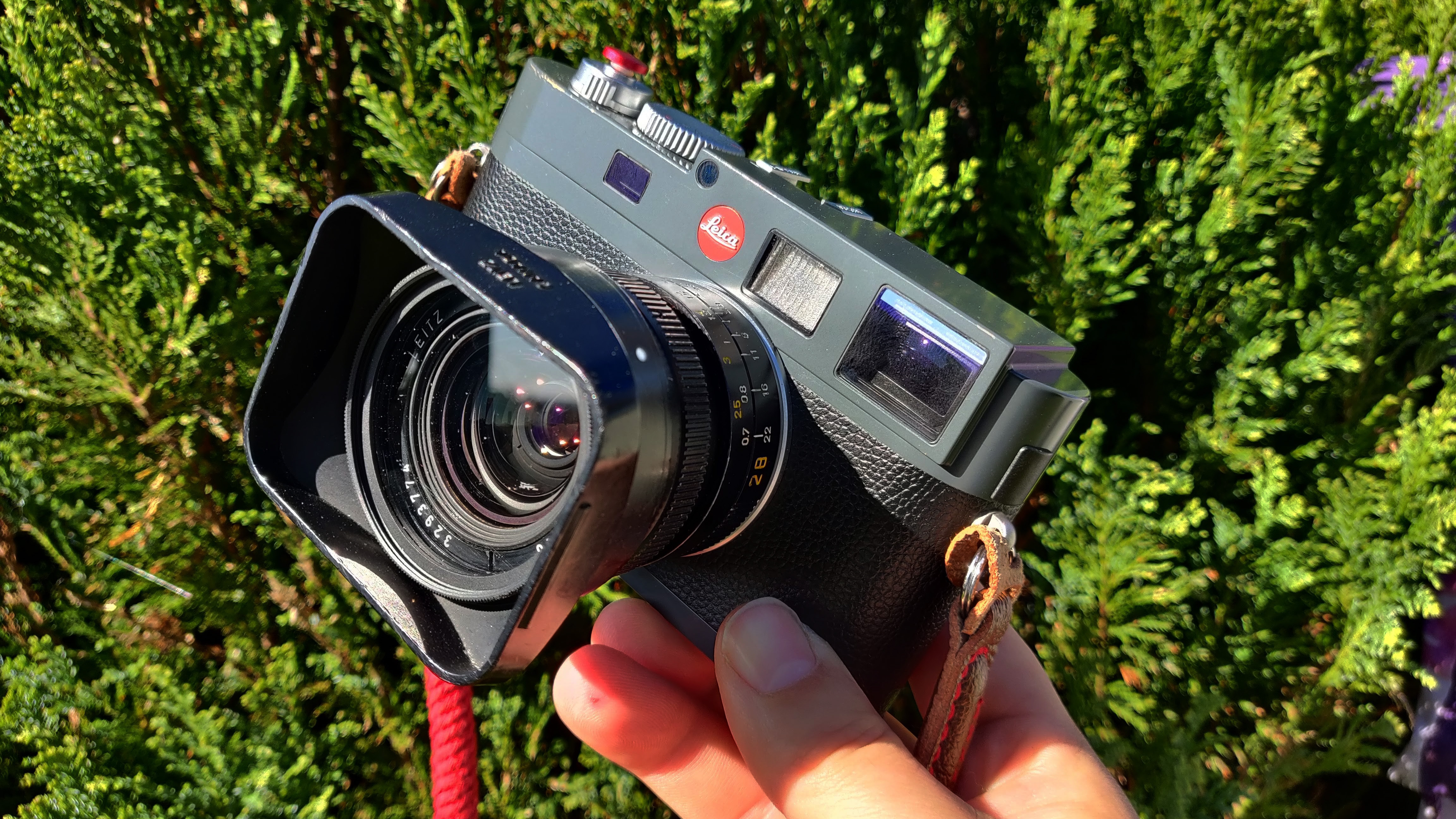Canon EOS R50 V vs Sony ZV-E10 II: which one will take the vlogging camera crown?
Canon's new vlogging camera is a direct shot at Sony's ZV lineup – but can it knock Sony off the top spot?
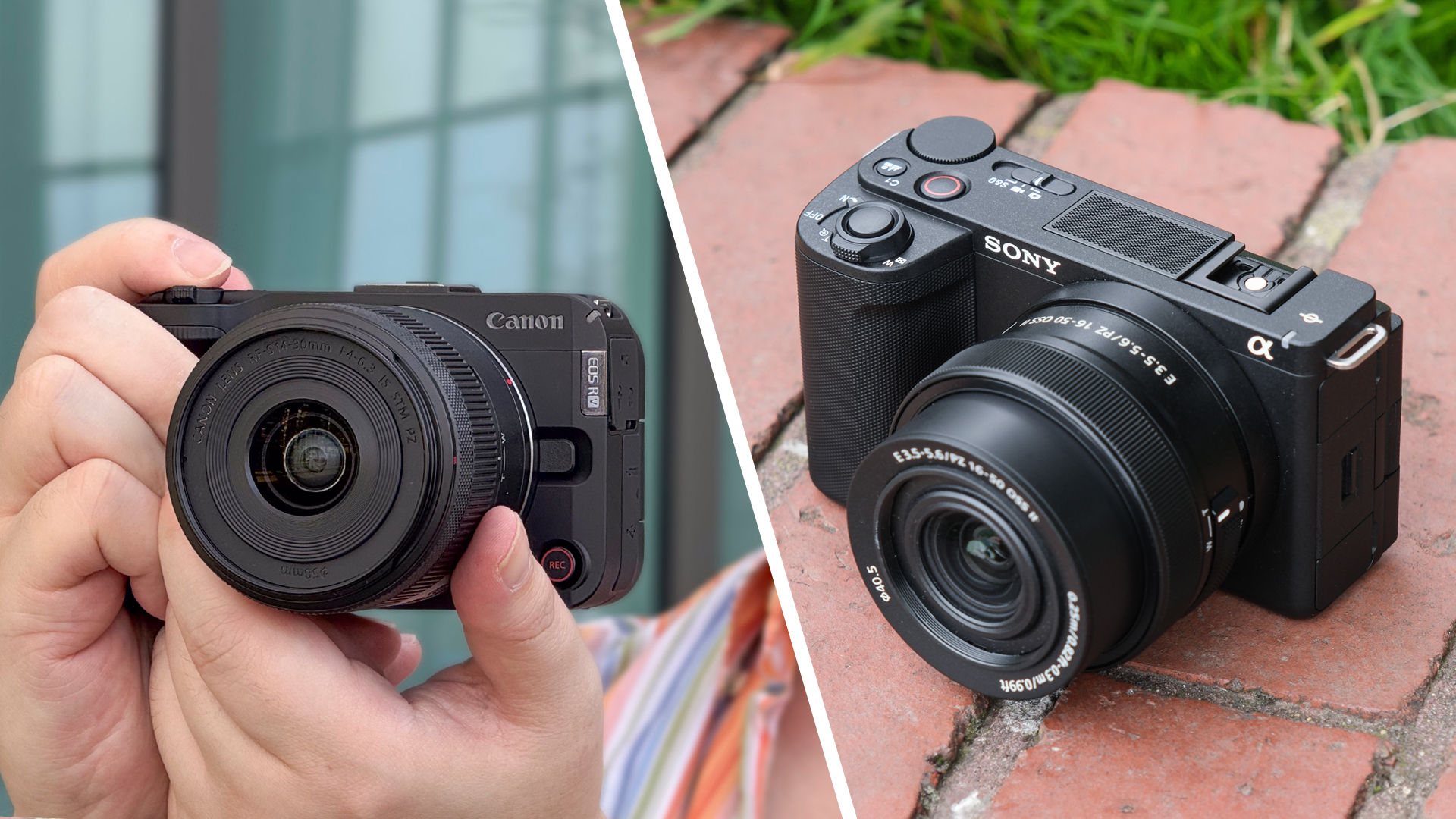
Sony's was one of the first major camera companies to recognise and serve the vlogging trend, and thanks to that initiative, the ZV camera lineup has firmly established Sony right at the top of the tree when it comes to compact and affordable video-first cameras. Sony's lineup stretches from the entry level ZV-1F all the way up to the $2000 ZV-E1 for more serious filmmakers – but the sweet spot is the Sony ZV-E10 II with an affordable price, yet powerful features.
Despite being a little behind the curve, the other camera brands aren't going to leave Sony unchallenged in the vlogging camera market and we have seen efforts by Nikon, Panasonic and Fujifilm to snatch some market share. But finally Canon is ready to join the party with the launch of the Canon EOS R50 V as a direct challenger to the Sony ZV-E10 II.
But with Sony having such a headstart (we are on the second generation of ZV-E10), can Canon do enough to make it a compelling option for vloggers and snatch the crown from Sony?
At a glance
| Row 0 - Cell 0 | Canon EOS R50 V | Sony ZV-E10 II |
Sensor | 24MP APS-C | 26MP APS-C |
Lens mount | Canon RF / RF-S | Sony E |
Autofocus | Stills: 4,503 points, Movies: 3,713 points | Stills: 759 points, Movies: 495 points |
Recognised subjects | Human, Animal, Bird | Human, Animal, Bird |
In-body image stabilization | None | None |
ISO range | 100-32,000 | 100 - 32,000 |
Max video resolution | 4K60p 4:2:2 10-bit, FHD 120p | 4K60p 4:2:2 10-bit (1.1x crop), FHD 120p |
Viewfinder | None | None |
Rear screen | 3-inch, 1.04 million dots | 3-inch, 1.04 million dots |
Memory | 1x SD UHS-II | 1x SD UHS-II |
Connectivity | WiFi, Bluetooth, USB-C, Micro HDMI, headphone jack, microphone jack | WiFi, Bluetooth, USB-C, Micro HDMI, headphone jack, microphone jack |
Battery | LP-E17 | NP-FZ100: Approx. 610 shots / 130 mins |
Dimensions | 119.3 x 73.7 x 45.2mm | 114.8 x 67.5 x 54.2 mm |
Weight | 323g (body only) | 292g (body only) |
Price
- Canon EOS R50 V: $649 for the body only, or $849 with a Canon 14-30mm lens
- Sony ZV-E10 II: $999 for the body only, or $1,099 with a Sony 16-50mm lens
Despite having practically the same specs, the Canon EOS R50 V provides a notably better value than the Sony ZV-E10 II. At $649 for the camera body only, the Canon model is significantly less expensive than the Sony, which is priced at $999 for its body alone.
Canon also has the edge when it comes to purchasing the Canon EOS R50 V bundled with a lens. At $849, the Canon 14-30mm f/4-6.3 lens comes in $250 cheaper than Sony's comparable kit option, priced at $1,099 with a Sony 16-50mm f/3.5-5.6 lens.
Neither of these lenses is the most premium optical quality either brand offers, but they are solid starter lenses. Both lenses offer a wide field of view for vlogging, optical image stabilization, and power zoom functionality. Sony turns the tables on Canon a little here, though, and has the advantage for versatility, with both a longer focal length and wider aperture that will help in low light. Although I am not sure it is a significant enough advantage to justify spending an additional $250.
Winner: Canon EOS R50 V
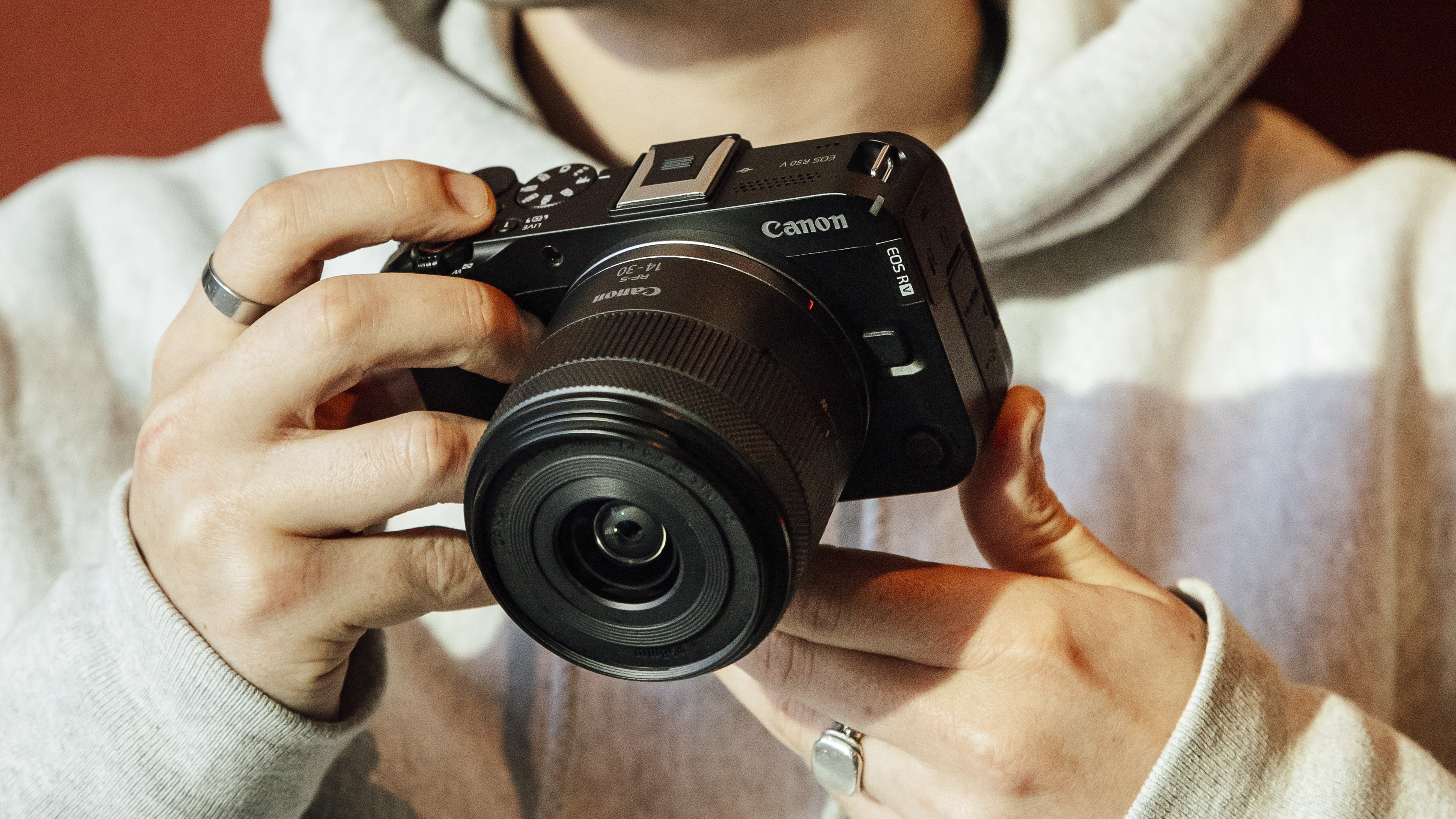
Design & Build
- Canon EOS R50 V: 119.3 x 73.7 x 45.2mm, 323g (body only)
- Sony ZV-E10 II: 114.8 x 67.5 x 54.2 mm, 292g (body only)
There really isn't much to separate the two on here. Both are dinky compact cameras without EVFs, although they manage to squeeze on a decent hand grip. Both have the same array of ports for microphones, headphones, HDMI, and USB-C connections, both come with a built-in capsule microphone with a deadcat wind cover that slots into the hotshoe, and both have video-focused controls, with a big red record button that is hard to miss.
Instead, I think this call comes down to your personal preference in design. Canon has decided to style its camera more like a cinema camera, and ironically, it's shape reminds me more of the Sony FX-30 than the Sony does, but I think it looks a bit more serious than Sony's ZV-E10 II model. Meanwhile, Sony's shape is a little more classic mirrorless camera.
If you pressed me for a decision, I prefer the design, style, and shape of the Sony ZV-E10 II, and I think Sony has a cool factor that Canon struggles with.
Winner: Tie

Video Specs
- Canon EOS R50 V: 4K60P (1.5x crop), 4K30P (no crop), FHD 120P; 4:2:2 10-bit, Canon Log 3
- Sony ZV-E10 II: 4K60P (1.1x crop), 4K30P (no crop), FHD 120P; 4:2:2 10-bit, SLog-3
Again, on paper, these two cameras are so difficult to pry apart when it comes to video specs. Both use an APC-C sensor and offer 4K video, which can be recorded in 4:2:2 10-bit, and each brand's respective Log formats for extended dynamic range and color grading in editing.
While neither camera has in-body stabilization, both cameras' kit lenses have optical stabilization, which will help keep shots a little steadier – and if you need more help, Sony's Active digital stabilization and Canon's Digital I.S. can steady out footage, although at the penalty of a crop.
However, if you really dig into the specs, then there are a couple of little differences that just give Sony the edge on video.
The Sony ZV-E10 II also shoots its 4K60P with a 1.1x crop. This means that the image will be zoomed in slightly, and while 1.1x is very minor at wide angles with the 16mm end of Sony's lens becoming 17.6mm, if you were shooting at 50mm, the lens would effectively become a 55mm focal length. However, Canon shoots 4K60P video with a much larger 1.5x crop, which makes its kit lens a 21-45mm equivalent (not accounting for APS-C sensor crop). While this 4K60P crop doesn't have an effect on image quality, but it can make shooting trickier.
Winner: Sony ZV-E10 II
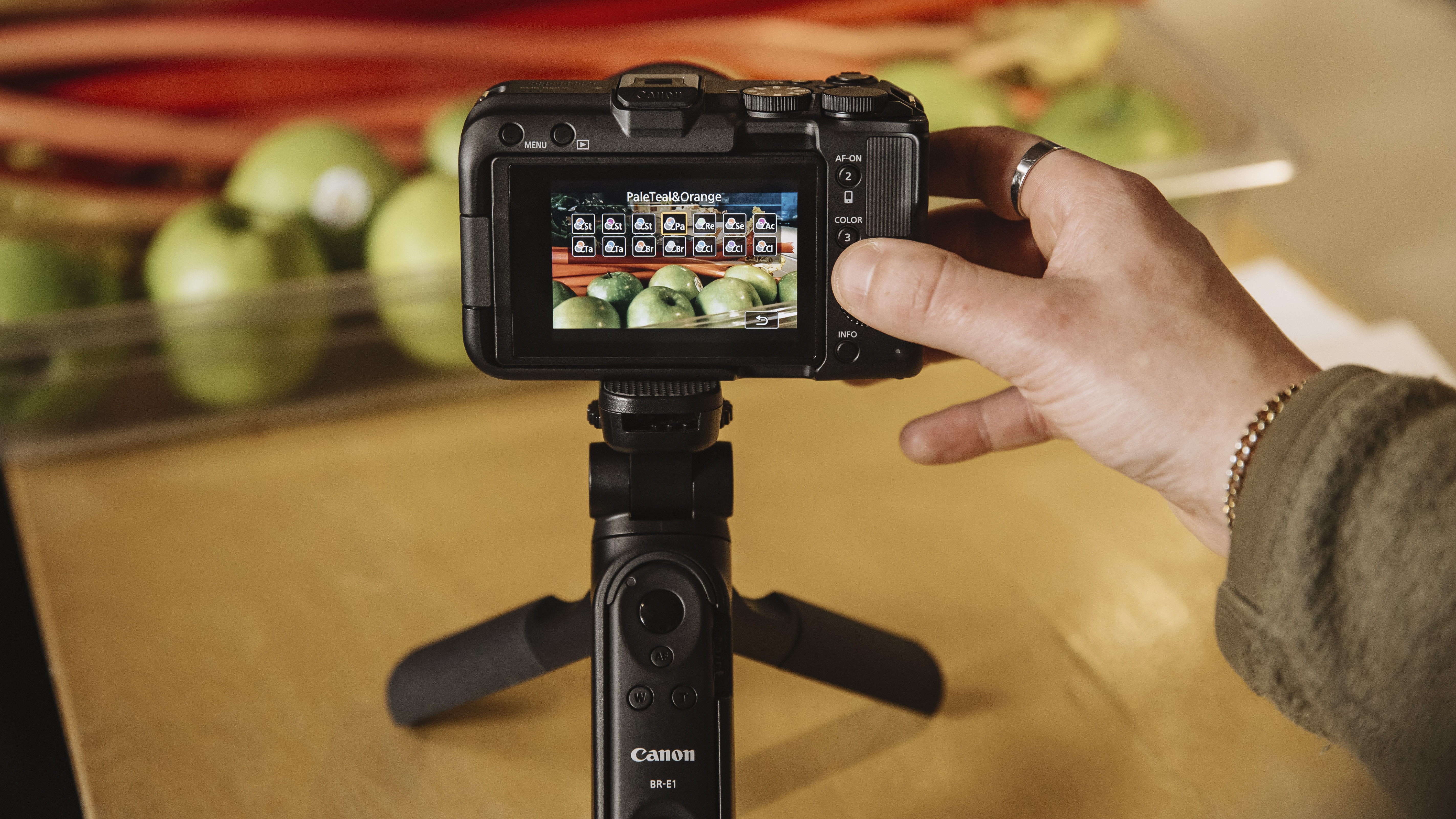
Photo Specs
- Canon EOS R50 V: 24MP APS-C
- Sony ZV-E10 II: 26MP APS-C
Photos likely aren't the main reason you are looking at either of these cameras – but both are very capable stills shooters – perfect if you need to get some product shots or portraits to go alongside your video.
I'm getting as bored with writing this as I'm sure you are with reading it, but again, there is really not much in this, with the Sony just pulling ahead by a whisker.
Both cameras have the same APS-C-sized sensor, although if we are getting really technical, Canon's APS-C sensor is slightly smaller than the one Sony uses, with a 1.6x crop for the Canon and a 1.5x crop for the Sony. The Sony also has two more megapixels with a 26MP resolution versus the 24MP in the Canon.
Otherwise, both cameras have fantastic autofocus (although Canon's system does use more AF points), and both cameras can provide subject recognition and tracking for the most common use cases, including human faces, animals, and birds.
Winner: Tie
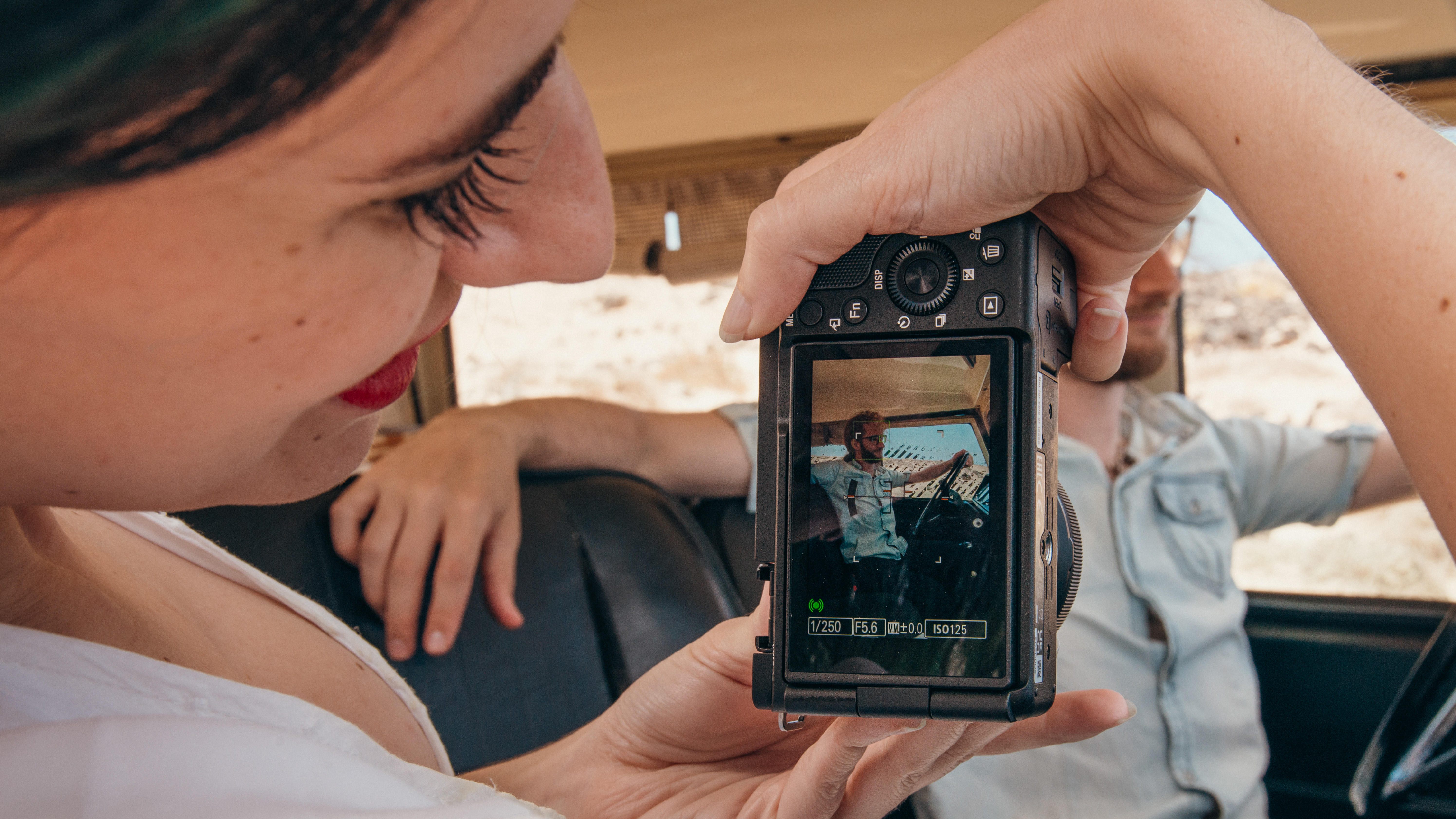
Verdict
I have done a lot of these versus and this is one of the closest I have had to call, but as a vlogging camera, two things have really made it hard for me – price vs video specs. The Canon comes out top in value, but the Sony has the edge in video, but is it worth paying more for?
Despite very similar specs, Canon's R50 V looks to be terrific value, and makes the ZV-E10 II look expensive by comparison. Sony did increase the price from the first generation, which perhaps now looks like a mistake as the competition finally gets its act together. But for video – the main purpose of both these cameras, the Sony ZV-E10 II has the edge when it comes to 4K60P. But I think you'd be very happy with either one of these cameras.
You might also like...
- Neither of these is your cup of tea? Check out our guide to the best cameras for vlogging you can get right now.
- For more on all things Canon – check out our guide to the best Canon cameras. Or for Sony fans – the best Sony cameras.
Get the Digital Camera World Newsletter
The best camera deals, reviews, product advice, and unmissable photography news, direct to your inbox!

Gareth is a photographer based in London, working as a freelance photographer and videographer for the past several years, having the privilege to shoot for some household names. With work focusing on fashion, portrait and lifestyle content creation, he has developed a range of skills covering everything from editorial shoots to social media videos. Outside of work, he has a personal passion for travel and nature photography, with a devotion to sustainability and environmental causes.
